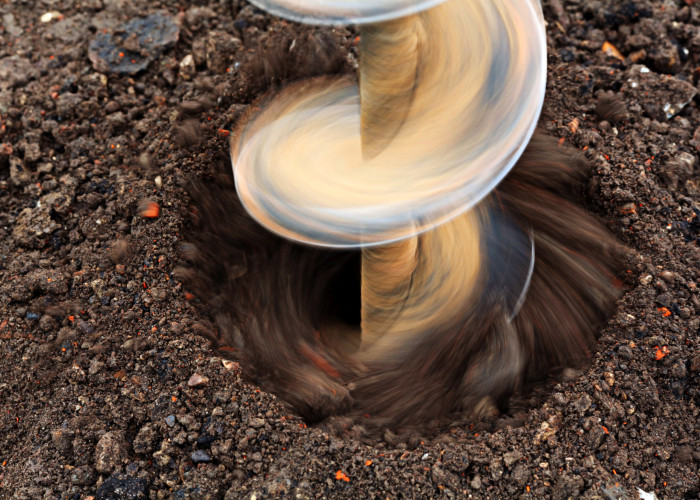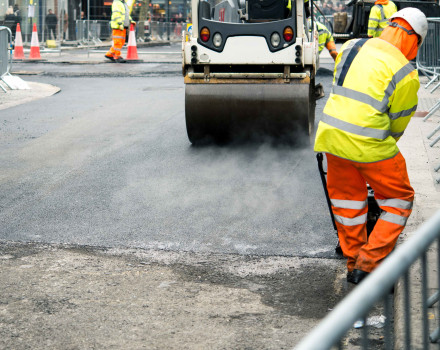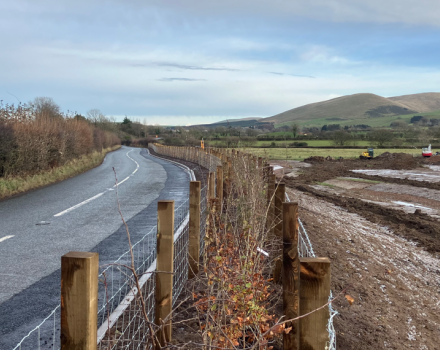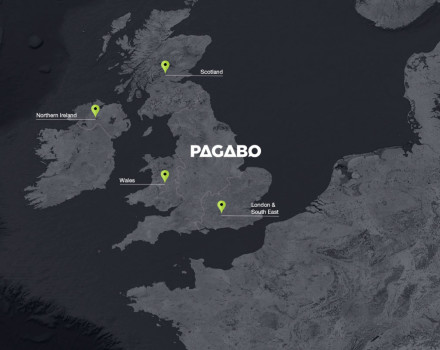The proof is well-documented with countless projects having run over time and budget due to ‘unexpected’ issues that arguably should’ve been identified before a spade was put in the ground. A survey from KPMG found just 31% of projects came within 10% of budget in the last three years; put another way, almost 75% didn’t.
The reasons are many and varied: some, like rising costs caused by inflation and rising interest rates aren’t within the customer’s control; but others, like the costs of dealing with contaminated land, can be.
Ground engineering and geo-environmental services have a significant role to play in highways design. Conditions below ground represent a significant unknown, so gaining a thorough understanding of existing conditions ultimately delivers greater certainty in how the project will turn out, and what it’ll cost. With the Government actively encouraging brownfield site redevelopment, understanding what’s beneath your feet with a thorough ground investigation process is even more important. And that means understanding not just a site’s location, but also its history, and that of the surrounding area and its geological make up.
Early involvement is key. Even simple desk research, and collating and managing an effective risk register, can uncover and control issues that could save millions. Early non-intrusive investigations also help when considering a scheme’s objectives and alignment, for example avoiding a route that dissects an existing landfill with all the issues that might entail.
This understanding of the history of the area can help reduce a scheme’s complexity and, with sufficient planning, potentially limit the need to remove contaminated materials. Sending material to landfill isn’t just a costly exercise, it seriously impacts a project’s carbon footprint. Reuse of material is one of the most simple and effective ways to increase a scheme’s sustainability, and by having an effective Materials Management Plan, as part of an appropriate land remediation strategy, environmental savings can be made. Furthermore, given that all new projects must deliver a biodiversity net gain, this can also support the intelligent use and movement of soils to create new habitats for wildlife.
Building this knowledge about the ground on which a road or bridge will be built isn’t always simple, neither is the make-up of what’s below ground necessarily consistent. However, a reduction of the ‘known unknowns’ can be achieved through a suitably detailed sampling strategy as part of a thorough ground investigation. Even when work is underway, ongoing sampling of recovered soils as the project evolves allows better cost management and limits any unwanted surprises.
There’s a saying that you pay for a ground investigation, whether you pay for one or not. This couldn’t be truer, the price of not doing so isn’t only financial; it impacts people’s health and our planet.
By Tim Mitchell, Associate, Geo-Environmental.







